Warnings from various driver support systems
What is happening in your car?
There are a number of functions in your car that can actively help to increase safety in traffic, for both you and other road users. You have the option of viewing a list of some of the functions and what they may do – the aim of this is to ensure you are not surprised by the activation of any of the functions. If a function is activated, you can also receive information about this via a text message in the driver display.
Note
Warnings with a symbol, sound, light or vibration
The safety functions in your car can warn you in different ways. By means of vibration in the steering wheel, brake pulse warnings, lights or audible signals or symbols in the driver display, for example.
Warnings can also be shown in the head-up display.
City Safety™
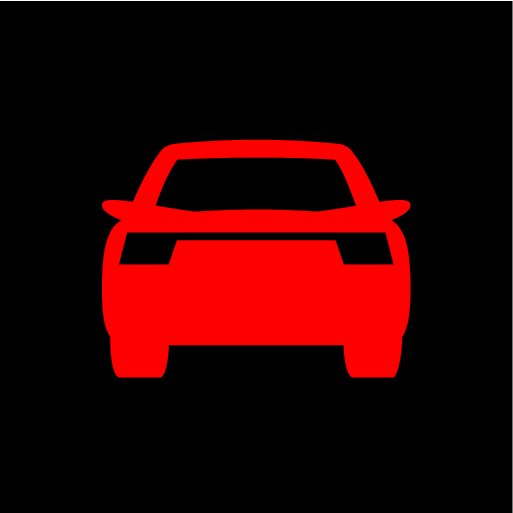
City Safety is a function that can prevent or mitigate a collision with pedestrians, cyclists, larger animals or vehicles. Visual, acoustic and brake pulse warnings are given in the event of a risk of collision to help the driver act in time. If the driver does not react to the warning and the risk of collision is assessed as imminent then City Safety can automatically brake the car.
- Brake pulse warnings, lights and audible signals.
- The car brakes in certain situations if the driver him/herself fails to act within a reasonable time.
Lane assistance (LKA1)
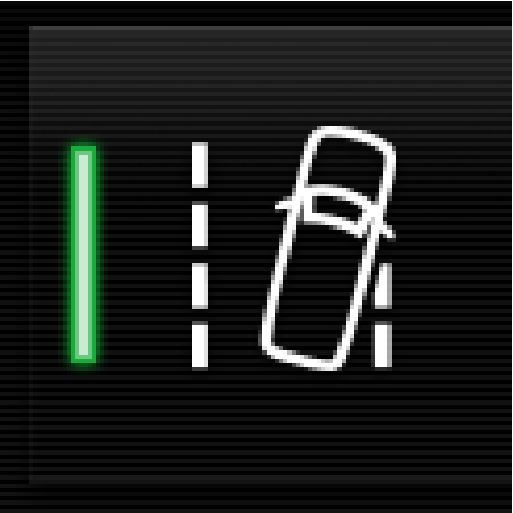
Lane assistance can help you reduce the risk of your car accidentally leaving its own lane. As you can choose your own setting for how this function should assist you, your perception of the safety function may vary.
- Steering assistance: If the function detects that the car is approaching a lane line, you will feel a slight steering input on the steering wheel. Both your hands must be on the steering wheel for this function to work.
- Warning: If the function detects that the car is approaching a lane line, you will receive a warning by means of vibration in the steering wheel.
- Both: You will receive a warning by means of vibration and you will feel a slight steering input on the steering wheel.
Steering assistance at risk of collision
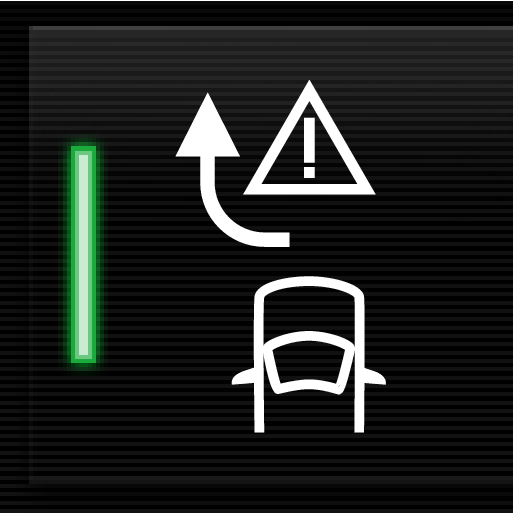
The assistance in the event of collision risk function can help you reduce the risk of your car accidentally leaving its lane and/or colliding with another vehicle or an obstacle. The function can assist you by helping to steer your car back into its own lane and/or take avoiding action.
When you start this function, three subfunctions are activated that can help in various situations. Therefore, how you perceive this function may differ depending on which subfunction is activated.
- Steering assistance upon risk of run-off: If the camera detects that the car is about to cross the edge of the road, you will feel how the function attempts to steer the car back into its own lane. If the steering input is not deemed sufficient, the function will also attempt to brake the car. No steering or braking input will be provided if your indicators are flashing or if the function reckons that the car is being driven actively by you as the driver.
- Steering assistance upon risk of head-on collision: If your car is about to leave its own lane and another vehicle is approaching, this function can help you to steer the car back into its own lane by means of steering input. No steering or braking input will be provided if your indicators are flashing or if the function reckons that the car is being driven actively by you as the driver.
- Steering assistance upon risk of rear-end collision: If your car is about to leave its own lane and another vehicle is diagonally behind it, in your blind spot or approaching rapidly from the rear, this function can help you to steer the car back into its own lane. This function can assist with steering input even if your direction indicators are on and you are actively steering the vehicle.
Rear Collision Warning (RCW)*
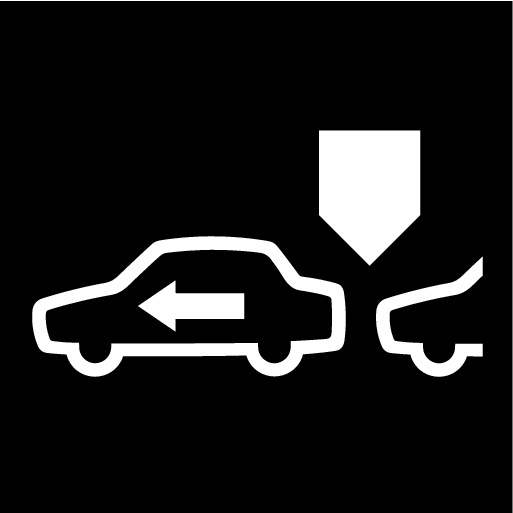
RCW is a system that can help you to avoid being driven into from the rear by an approaching vehicle. If the system detects the risk of a collision from the rear, it can warn you and provide the following assistance, depending on the conditions.
- Intensive flashing of the direction indicators.
- At lower speeds, RCW can tension the seatbelts by activating the seatbelt pre-tensioners and also activating the Whiplash Protection System.
- If the car is stationary, the foot brake can be activated.
Blind Spot Information (BLIS)
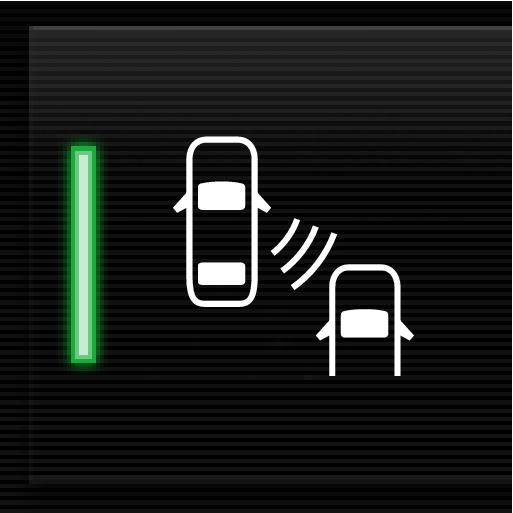
BLIS is designed to give a warning of rapidly approaching vehicles and vehicles diagonally behind and to the side of your vehicle so as to give you assistance in heavy traffic on roads with several lanes in the same direction.
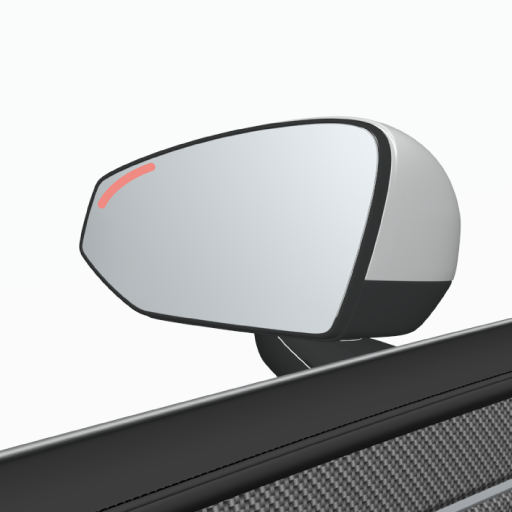
- Warning with an indicator lamp in the side mirror, with a constant glow and flashing light.
Driver Alert Control (DAC)

DAC is intended to capture the driver's attention if he or she is starting to drive less consistently, e.g. if the driver becomes distracted or starts to fall asleep.
- Audible signal in combination with a symbol in the driver display and the message Time for a break soon?.
Distance Warning*2
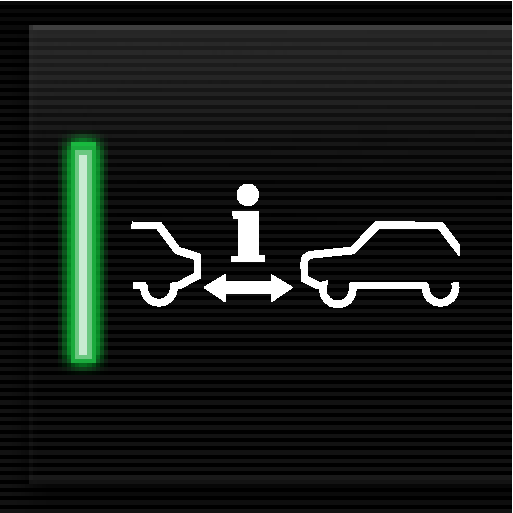
Distance Warning can warn you if the distance to the vehicle ahead is too short.
- Warning light and/or a symbol in the windscreen's head-up display.
Cross Traffic Alert (CTA)*
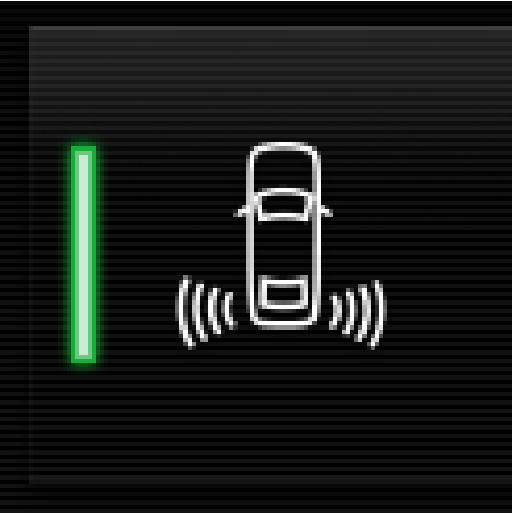
CTA is a function designed to warn the driver of crossing traffic when the car is reversing.
- Audible signal from the left or right speaker, depending on the direction from which the object is approaching
- Icon in the driver display
- Icon in the top view for the park assist camera
Whiplash Protection System (WHIPS)
WHIPS is a function that can protect against whiplash. The system consists of energy absorbing backrests and seat cushion, as well as a specially designed head restraint in the front seats.
Warning
The functions described are supplementary aids - they cannot handle all situations in all conditions.
The driver always bears responsibility that the vehicle is driven safely and that applicable road traffic rules and regulations are followed.